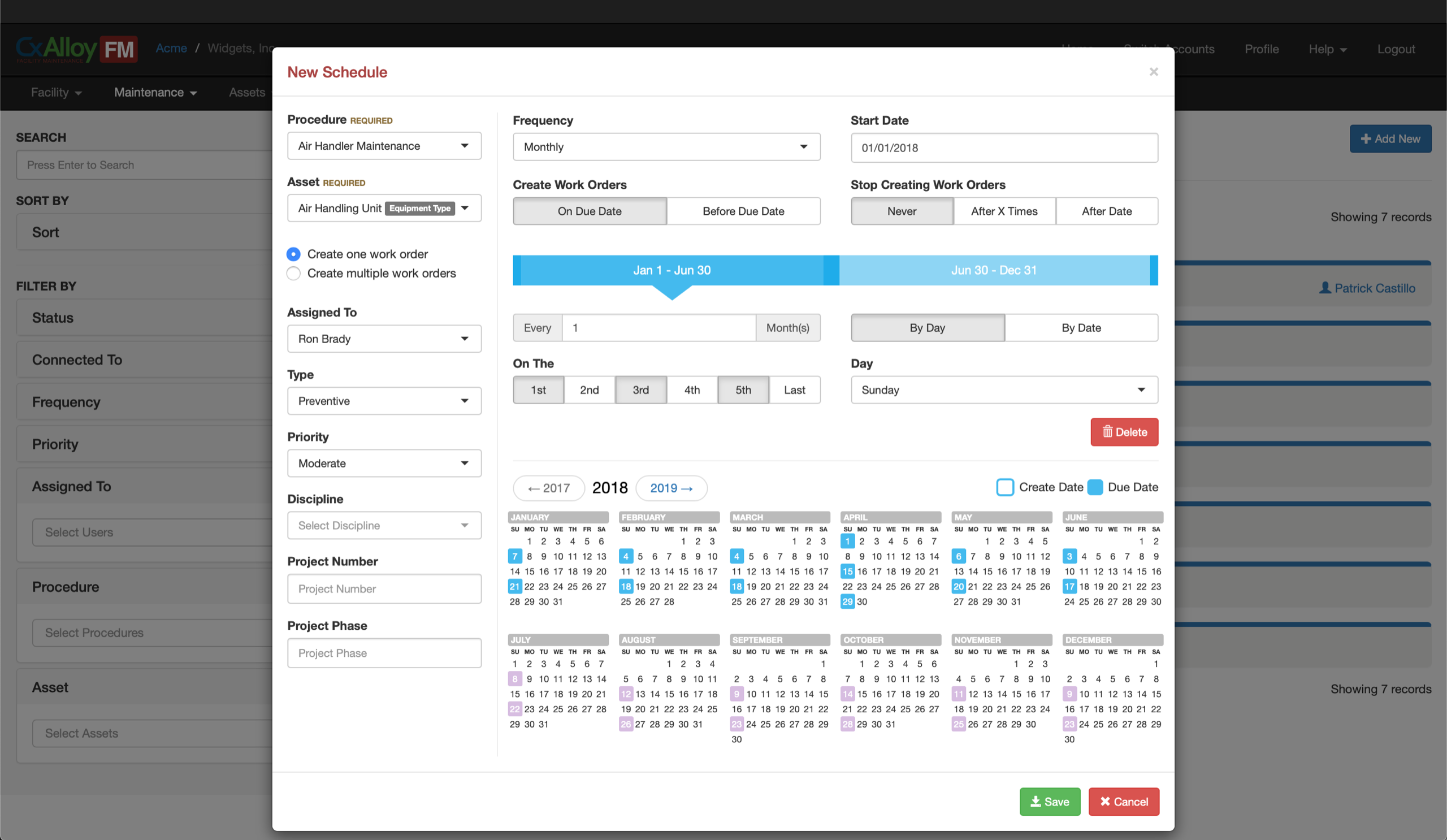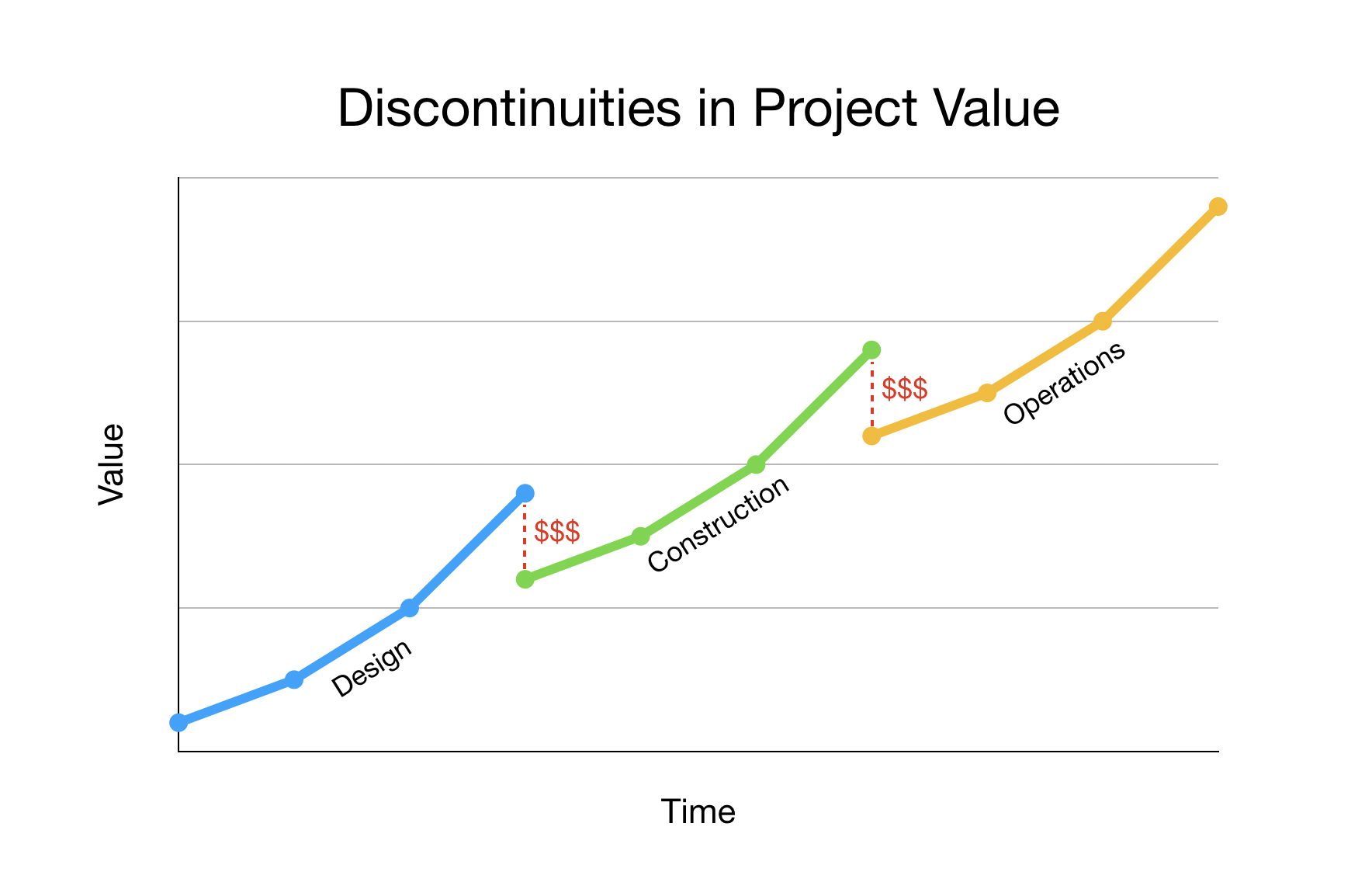Why Facility Maintenance Software?
Vannary Fowler / March 29, 2019
It makes a lot of sense that powerful and effective commissioning software would originate inside of a commissioning firm, so the emergence of CxAlloy TQ from WorkingBuildings isn’t surprising.
The existence of CxAlloy FM - facility maintenance software - isn’t quite as self-explanatory. Why would a commissioning software company make facility maintenance software? And if they did, why would it be any good?
There are a few reasons we believe we have a uniquely valuable product, even within such a competitive market.
- Our 100% focus on the user
- CxAlloy FM’s integration with CxAlloy TQ
- Not trying to be all things to all people
100% Focus on the User
One of our company values is “Users over buyers”. When we are building our software, we are always thinking about how to make the software easy for the end user. We aren’t thinking about buyer feature lists, or what might wow executives in a demo. Instead, we are thinking about how the maintenance technician is going to find his work orders, how the facility manager is going to see what maintenance work is coming up this week, and how the facility staff is going to report on what they completed that week.
That probably seems like an obvious thing to do, but it’s surprising how much software is built with users as a secondary (or worse) consideration. You can get radically better results when you focus on the user. A great example is when users operate our scheduler. It supports seasonality and other complex rules, but is incredibly easy to use.

Focusing on the user can be harder than you might think. For example, when you are creating new software, there are no users because there’s no software. In our case, we actually did have users when we were building CxAlloy FM, because just as we did when we were developing CxAlloy TQ, our parent company, WorkingBuildings, was the first user of the software.
WorkingBuildings is much more than just a commissioning firm, and one of its divisions maintains and operates buildings. When we built the first version of CxAlloy FM in 2011, we began to work directly with the WorkingBuildings Operations Group, and have continued to work with them.
CxAlloy FM’s Integration with CxAlloy TQ
One of the most common recurring problems in construction projects is the loss of value as a project moves from design to construction to operations. In each phase, time and energy is spent collecting data (such as equipment manufacturer and model number) that would be useful and valuable in the next phase, but is either not transferred at all, transferred poorly, or transferred only with significant manual effort.

CxAlloy is in a unique position to solve this problem because CxAlloy TQ is used during the design and construction phases of a project to gather the exact type of data that is needed to operate and maintain the building. We recognized that opportunity, and have built a one click transfer of asset data from a CxAlloy TQ project into CxAlloy FM. Our approach not only brings over all asset data (including associated files) with 100% fidelity and zero manual effort, but also analyzes the asset information to automatically create recommended maintenance procedures and schedules.
This means that we have not only eliminated one of the common points of value loss when moving from construction to operations, but we have actually reversed it so that additional value is created at no cost!
We Don’t Try to Be All Things to All People
One of the reasons software products fail to focus on the user is that they haven’t decided who will be the target audience for the product. When we began to develop CxAlloy FM, we had a target audience in mind. CxAlloy FM is aimed at small-to medium-sized maintenance teams that want to simply and easily manage their scheduled and corrective maintenance work. They don’t need integration into accounting systems, purchase order generation, or portfolio management. Although there may be many people in the organization and facilities that they are responsible for, the core maintenance team is almost always less than 10 people. The discrepancy between team size and the scale of the facilities they maintain requires software that is quick, efficient, and focused. CxAlloy FM possesses all of these attributes.